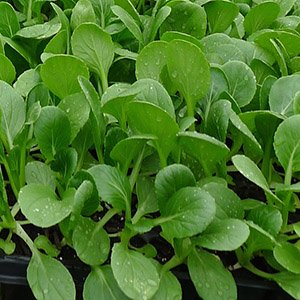
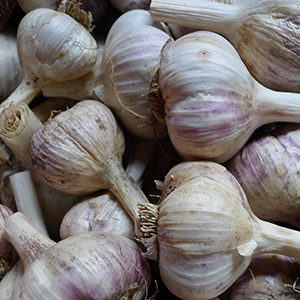
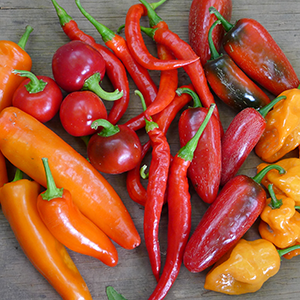

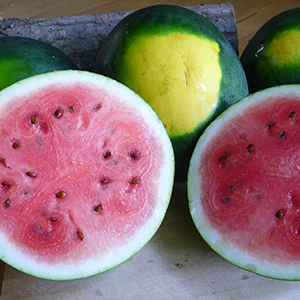
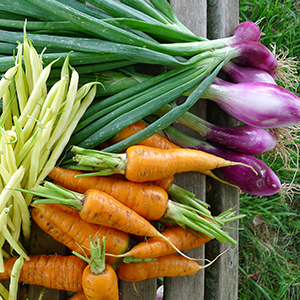
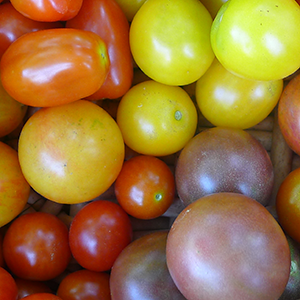



News and Notes | The Anchor Run Blog
Displaying a Single Post |
Show Recent Posts
October 15, 2023
Soil Nourishment
by Farmer Derek
Soil Nourishment
by Farmer Derek

Incorporating rye seed with the disc harrow.
Rain was welcomed and received over the weekend, depositing a solid inch on the farm, triggering the final round of cover crop seeds to germinate. This batch of winter rye was sown where hot, sweet, and shishito peppers called home, as well as the okra and half of the eggplant. The rye sown on the sweet potato patch also will benefit from this round of rainfall since we only received about a tenth of an inch the preceding weekend.
It should be safe to say that we're now finished working the soil and establishing cover crops for the season. There's a cutoff point in the fall where the risks outweigh the rewards of working the soil for the establishment of a cover crop. Plant growth slows as light wanes and temperatures drop and we really don't want much soil exposed over the winter months. From now until we receive some serious cold, the oats, buckwheat, rye, and clover that has been sown over the past couple of months will continue to photosynthesize the sun's rays, scavenge for nutrients in the soil, and provide a living cover on the fields.
The species of cover crops we sow have varying tolerances to temperature. Buckwheat is traditionally summer sown and dies with a hard frost. Oats will survive until temperatures bottom out in the upper teens and low twenties a few nights in a row. Rye and clover will survive our winters and resume growing in the spring. In April and May they'll try to reproduce and we'll terminate them by mowing at that stage. Generally, where overwintered cover crops are grown, produce cannot be planted until midsummer, after the organic matter and plant residue has had a chance to break down some. Where the oats and buckwheat grew we're able to plant our earliest crops in the spring. Overall about 75% of field space gets covered with the winter-killed species, 15% with the over-wintered species, and the remaining 10% is areas where fall crops continue to grow late in the season.

POSTS BY TYPE
POSTS BY MONTH

